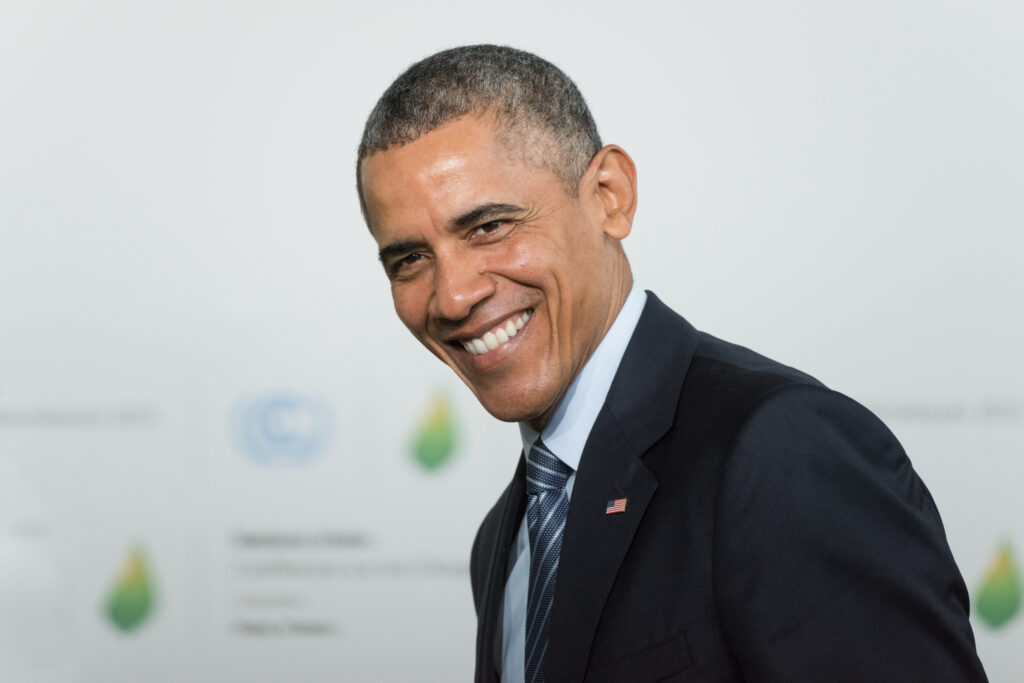A lack of familiarity with the term might make “national emergency” sound like there is some sort of dire life and death scenario unfolding that requires immediate intervention, but in reality, it simply refers to a government’s ability to fast-track a law or policy in an effort to counteract whatever is occurring. Did Obama have any national emergencies under his watch, and how many were there?
Barack Obama declared 13 national emergencies over the course of his presidency, ten of which were still in place after he ended his second term. There were 21 ongoing national emergencies when he first became president.

Thanks to the political nature of almost all national emergencies, the situation isn’t as chaotic or in as much disarray as it sounds. Almost all of the national emergencies are in regards to sanctions and restrictions imposed on other countries, for a variety of different reasons.
Let’s have a look at some of the national emergencies that Obama declared, to get a better understanding of their purpose.
The When and Why
Before taking a peek at the ins and outs of the national emergencies declared by Obama, it would be helpful to fully explain the limits of the presidential power and what usage it is typically reserved for.
What exactly constitutes an emergency is incredibly vague, though taking a look through history the majority of those that were previously declared have been almost entirely economic, utilizing the previously mentioned sanctions.
In the case of non-economic emergencies, such as a pandemic, a national emergency’s purpose is to give the president and the country the capability to respond to a dangerous situation with as close to the full extent of their power as possible.
This doesn’t necessarily mean that if you are the president you have complete unchecked control to do whatever you want off the back of the powers that a national emergency grants you, however.
The emergency can still be contested, both from within congress and from relevant and affected outside parties taking the issue to court.
Obama’s First National Emergency
Obama’s opening as the newly elected 44th President of the United States in 2009 was unfortunately immediately plagued by trouble. That trouble came in the form of the H1N1 Influenza pandemic, or by its more commonly known term “swine flu.”
It’s also a good example of an emergency power being executed for a reason outside of the usual political or economical motives. In order to prevent hospital crowding and resulting deaths as we saw in the 2020 pandemic, the emergency order sought to provide a solution in anticipation of dangerously high infection numbers by allowing patients to be moved to other locations.
That pandemic, unlike the one in 2020, turned out to be fairly easily controlled, and the national emergency ended just one day shy of a full year after it had been enacted. Of all the national emergencies started by Obama, this was the only one that was for a purpose outside of sanctioning.
The Twelve Sanctions
Almost the entirety of the following sanctions was active for the entire two-term presidency of Obama, with no end in sight. That’s due to the nature of the majority of the emergencies, which mostly involve the blocking of property belonging to criminals or the impeding of their actions.
Two of the first three were in direct relation to that issue. Firstly, there was the Blocking Property of Certain Persons Contributing to the Conflict in Somalia, an executive order that put the pirates in Somalia firmly in the sights of the US.
Secondly, the Blocking Property of Transnational Criminal Organizations executive order, which froze the assets of multiple big players in the world of organized crime, with names like the Yakuza featuring on the list of affected organizations.
Almost all of the other sanctions were thanks to some mixture of rebellions, mistreatment of civilians, or civil unrest. The only outlier on the list was the Blocking the Property of Certain Persons Engaging in Significant Malicious Cyber-Enabled Activities order.
That particular order targetted foreign actors engaging in what is described as “cyber-terrorism”, the usage of the internet in an attempt to cause violence that could potentially have fatal consequences.
This was in response to the multiple breaches in cyber-security, and the ever-growing dependence on digital infrastructure.